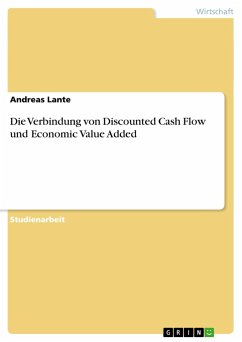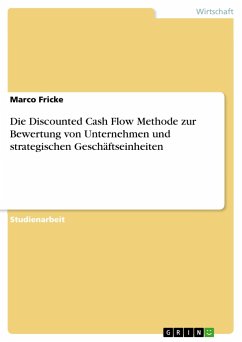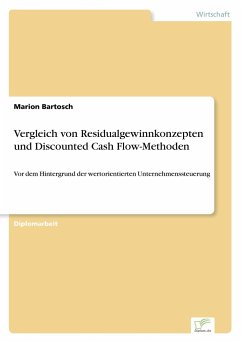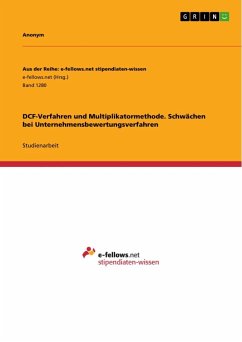Research Paper (undergraduate) from the year 2019 in the subject Business economics - Business Management, Corporate Governance, grade: 1,0, University of Applied Sciences Rosenheim (academy for professionals), language: English, abstract: This study gives an overview of the various aspects of the company valuation. It deals with the reasons for company valuations, how these can be classified and what the purpose of company valuations is. It also presents various methods of valuation of a company. There can be significant differences between the value and price of a company. At the stock market, the equity value of a company is determined in a market economy manner: the number of shares is calculated on the basis of the share price, that is the price resulting from the supply and demand from the shareholders, or the price that a shareholder is prepared to pay for a share in the company. The focus of this work lies on the discounted cash flow (DCF) method and the multiple method. The DCF method focuses on the WACC approach, the multiple method on the EBIT and sales multiple. The paper also applies the methods presented in the previous sections in practice. Three German DAX-listed automobile manufacturers, BMW, Daimler and Volkswagen, are evaluated using these two methods, and the results are then compared. The focus here lies on various scenarios in which the parameters of the valuation methods are adjusted. The three companies are compared with each other within the methods and between the different methods.








